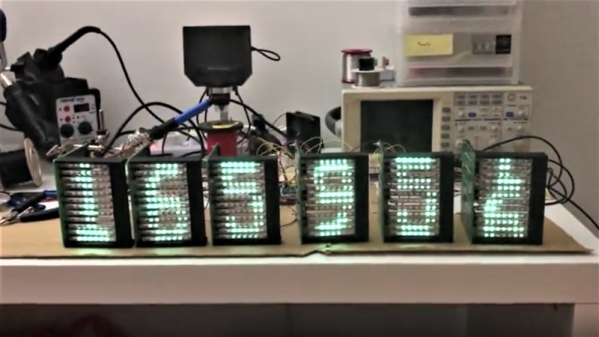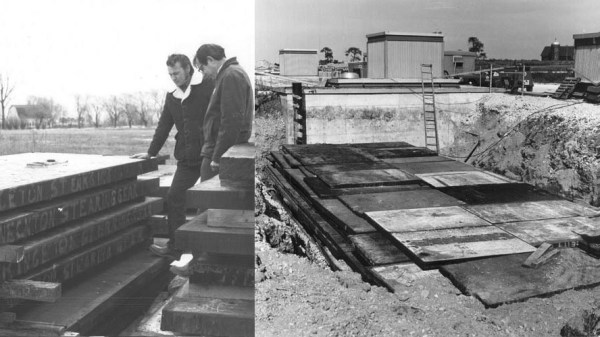Is it just me or did January seem to last for about three months this year? A lot has happened since the turn of the decade 31 days ago, both in the normie world and in our space. But one of the biggest pieces of news in the hacker community is something that won’t even happen for four more months: Hackaday Belgrade. The annual conference in Hackaday’s home-away-from-home in Serbia was announced, and as usual, one had to be a very early bird to score discount tickets. Regular tickets are still on sale, but I suspect that won’t last long. The call for proposals for talks went out earlier in the month, and you should really consider standing up and telling the world what you know. Or tell them what you don’t know and want to find out – there’s no better way to make connections in this community, and no better place to do it.
Someone dropped a tip this week about the possible closing of Tanner Electronics, the venerable surplus dealer located in Carrollton, Texas, outside of Dallas and right around the corner from Dallas Makerspace. The report from someone visiting the store is that the owner has to either move the store or close it down. I spoke to someone at the store who didn’t identify herself, but she confirmed that they need to either downsize or close. She said they’re actively working with a realtor and are optimistic that they’ll find a space that fits their needs, but the clock is ticking – they only have until May to make the change. We covered Tanner’s in a 2015 article on “The Death of Surplus”. It would be sad to lose yet another surplus store; as much as we appreciate being able to buy anything and everything online, nothing beats the serendipity that can strike walking up and down aisles filled with old stuff. We wish them the best of luck.
Are you finding that the smartphone in your pocket is more soul-crushing than empowering? You’re not alone, and more and more people are trying a “digital detox” to free themselves from the constant stimulation. And there’s no better way to go about this than by turning your smartphone into a not-so-smart phone. Envelope, a paper cocoon for your phone, completely masks the screen, replacing it with a simple printed keypad. A companion app allows you to take and make phone calls or use the camera, plus provides a rudimentary clock, but that’s it. The app keeps track of how long you can go before unwrapping your phone and starting those sweet, sweet dopamine hits again. It reminds us a bit of the story we also saw this week about phone separation anxiety in school kids, and the steps schools are taking to mitigate that problem.
We saw a lot of articles this week on a LoRaWAN security vulnerability. The popular IoT network protocol has been billed as “secure by default”, but a white paper released by cybersecurity firm IOActive found a host of potential attack vectors. Their main beef seems to be that client devices which are physically accessible can be reverse engineered to reveal their encryption keys. They also point out the obvious step of taking the QR code off of client devices so an attacker can’t generate session keys for the device.
And finally, the mummy speaks! If you ever wondered what the voice of someone who lived 3,000 years ago sounded like, wonder no more. Using computed tomography (CT) data, scientists in the UK and Germany have recreated the vocal tract of Nesyamun, an Egyptian scribe and priest from the time of pharaoh Rameses XI. He died in his mid-50s, and his mummified remains have been studied since the 1800s. CT data was used to 3D-print Nesyamun’s larynx and nasopharynx, which was then placed atop a “Vocal Tract Organ”, possibly the strangest musical instrument in existence. The resulting vowel-like utterance is brief, to say the least, but it’s clear and strong, and it’s pretty impressive that we can recreate the voice of someone who lived and died three millennia ago.



















